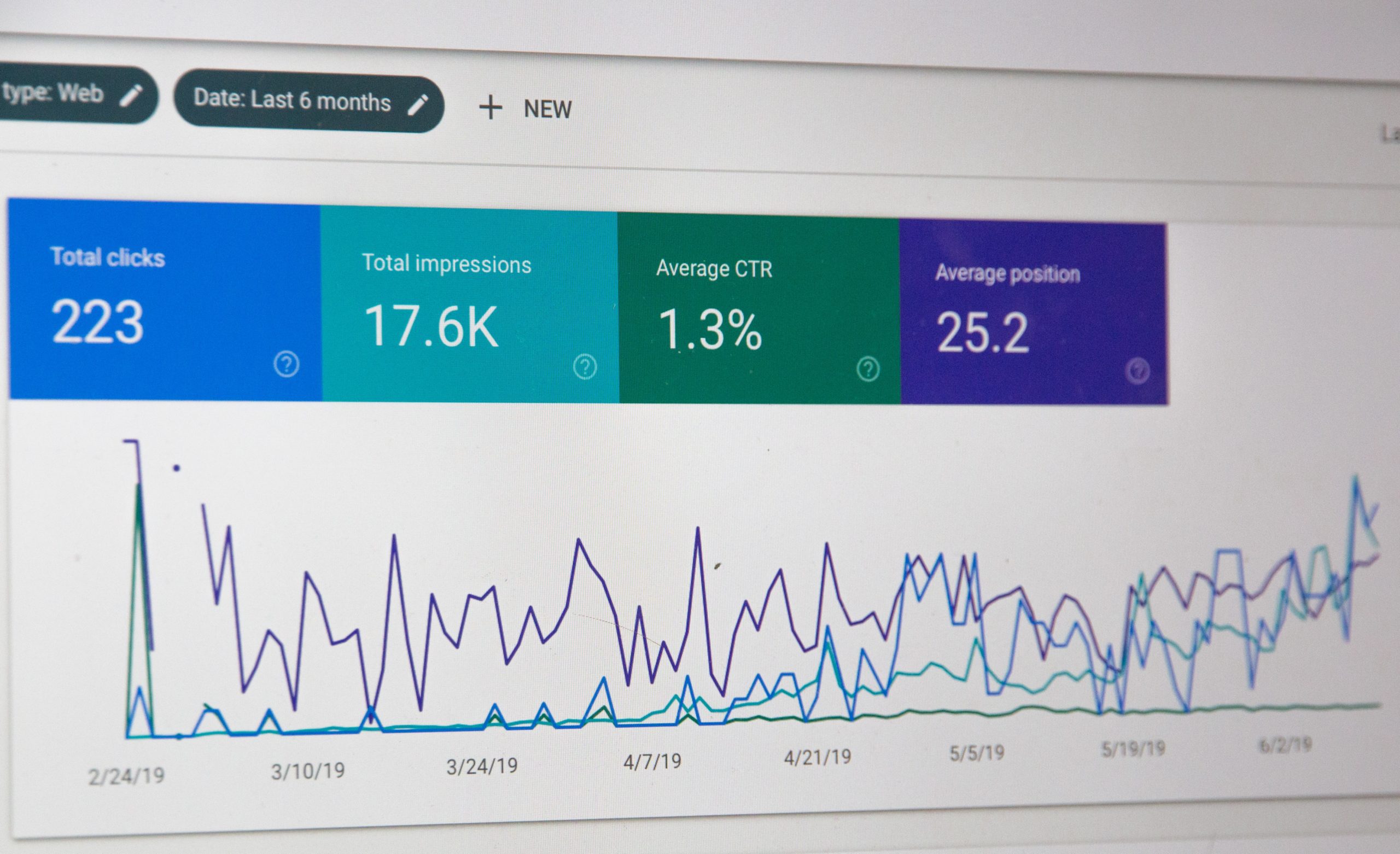Marketing
4
min read
Attribution Models: what they are, what they are for and which are the most popular for Digital Marketing


Don't you want to read? Try listening to the article in audio mode 🎧
In the digital world one hears increasingly of Attribution Models. Attribution models for Facebook, for Google Ads, for LinkedIn Ads, for Microsoft Advertising (the former Bing Ads), post view, post click and so on. But what is, in fact, an Attribution Model and why is it essential to choose the right one?
An attribution model can be seen as a set of more or less complex rules that determine how to attribute a conversion (regardless of the monitored action) to a specific channel. Therefore, an Attribution Model helps us to identify a group of actions that any user performs on different devices and channels, and all these touch points contributes to the achievement of a specific goal (the conversion, precisely).
A new Customer Journey
It is now evident that user behavior has changed considerably in recent years; in particular, the pandemic has given a very strong acceleration to the digitization of our Country. This variation has led the average user to discover new channels, new devices, new behaviors and new habits that cause confusion in the so-called user's Customer Journey. And it is precisely in a confused context like this that attribution models help us understand what are the most significant actions that have led the user becoming a customer.The most common attribution models
To date, Google Analytics (GA) is the most used platform to monitor user behavior on websites. Among the reasons, there is certainly that of the evaluation and comparison between different attribution models (already pre-set by the platform itself) which allow you examine thoroughly all data, and, therefore understand user behavior. Within GA we can find, depending on the section you are viewing, up to seven different attribution models, but the most common (that we can also find in other platforms) are six. In order to understand how they work, let's also suppose a customer journey that a user could face to get to the conversion, for example: Facebook Ads > Google Ads > Google Organic > Direct > conversion- First Click or First Interaction: it sets all the value of the conversion, and therefore 100% of the same, to the first channel that brought the user to the site. So, referring to the initial example, in this case the Facebook Ads channel would have a value of 1.
- Last Click or Last Interaction: this model represents exactly the opposite of the previous one, that is all the credit is attributed to the last channel. Consequently, the Direct channel would receive the full value, therefore 1.
- Linear: it is the most impartial model of all, because it equally divides the conversion unit value between all the channels that have contributed to the user's journey. And, therefore, Facebook Ads, Google Ads, Google Organic and Direct channels will be given a value of 0,25, all equally.
- Time Decay or Exponential Decay: this model can be very useful when you have a short conversion path. This solution, in fact, is based on exponential decay; therefore, the channels that intercept the user in the days closest to the conversion will get higher credit. In this case, it is difficult to give an attribution example because it also depends on the day on which the conversion takes place. But, what could happen is as follow: Facebook Ads 0,10, Google Ads 0,15, Google Organic 0,25 and Direct channel 0,50.
- Last Non-Direct Click: in this case, the traffic coming from Direct is completely ignored and 100% of the conversion value is assigned to the last channel on which the user clicked before conversion; in our case it would be Google Organic.
- Position Based: this model can be seen as a fusion of those mentioned above, because it considers the first, last channel and all those in between. Specifically, this channel attributes 40% of the credit to the first and last channel, while all the others will receive in equal parts the remaining 20%. So, returning to the usual example, Facebook Ads and Direct will have an attributed value of 0.4, while Google Ads and Google Organic respectively 0.10. Precisely for this partition, this model is sometimes known as "40-20-40 model".
Differences in monitoring
At this point it is easier to understand why there are always strong discrepancies between the various platforms involved, for example in Advertising campaigns or in lead management, therefore CRMs. In fact, each tool has its own default attribution model, which in some cases can also be modified manually. Just think of, for example, Google Ads platform, which, by default, sets a Last Click model on all conversion actions which, however, is generally modified by the person who manages the campaigns, precisely because of the above. Nowadays it is unthinkable to monitor and optimize campaigns by analyzing only the last channel that led the user to the conversion. There are also even more complex and different cases, such as that of Facebook Ads. For example, Zuckerberg's platform has reviewed and reevaluated the default attribution model linked to campaigns, several times. Nowadays, conversions are tracked with a model based on 7 days post-click or 1-day post-view. What does it mean? It means that if any user clicked on a Facebook ad in the 7 days prior to the conversion, or simply viewed (without interacting) the ad the day before the conversion, the social network will attribute 100% of the credit to its campaigns. So, if we think of the fact that Google Analytics does not provide for conversion tracking based only on views, succeeding in the match of the two information is absolutely impossible.So, which model to choose?
In short, there is no fairer model to choose than another, it all depends on the business in question, and above all on the way in which you intend to monitor everything. The key thing, however, is that, once the monitoring criterion has been chosen, it has to be followed on an ongoing basis, and all the assessments that must be made for the business, whether they are investments, contents, new opportunities or whatever, are based on data from the same platform. The wrong thing to do is to start jumping from one platform to another and make choices on the basis of a data set, and then on entirely different things.
Article updated on: 09 August 2023

Don't Waste Your Talent. Turn It Into a Career With a Course That Fits Your Needs!
Talent Garden is your Digital Skills Academy, offering courses in Digital Marketing, UX Design, Digital HR and Data Analysis designed to launch your career.
Keep reading

5
min read
Multi-channel measurement for 2022: MMM and Incrementality
"Measuring is easy", said no one ever! What is multi-touch attribution and how it works Multi-touch attribution is a ...
Talent Garden
25/07/2022

3
min read
What is the Messy Middle and how it affects the funnel and conversions
The Messy Middle: the definition according to Google The Messy Middle is a model developed and proposed by Google, ...
Talent Garden
08/03/2022

4
min read
Are large companies going towards a Hybrid working model? Meet the Country Manager PrestaShop Spain
“Clearly we’re going towards a hybrid working model: after several months at home we need a place to gather one or some ...
Talent Garden
21/09/2020

5
min read
What is Data Scraping and what are its applications for Data Analysis
Data Scraping is an extremely wide-ranging subject that covers several contexts, from content optimization for search ...
Talent Garden
04/05/2022
